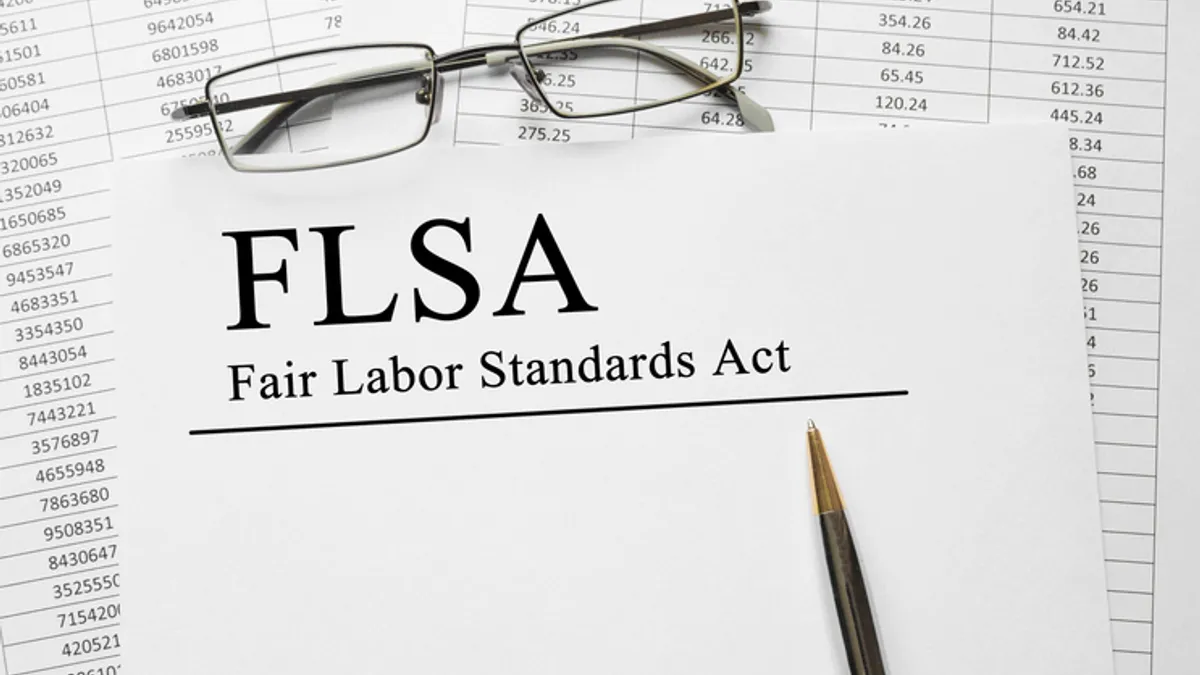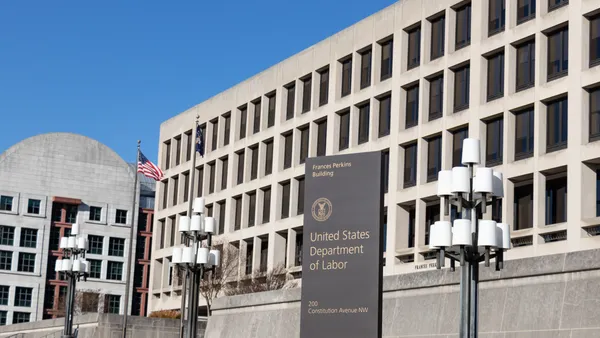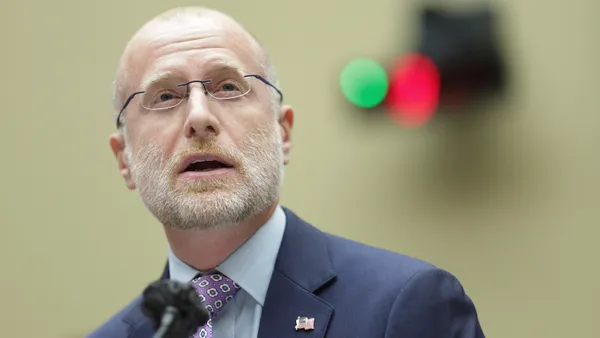The U.S. Supreme Court heard a Fair Labor Standards Act case this week, with potentially big implications for companies.
The FLSA covers more than 140 million workers, and requires employers to pay their employees time-and-a-half for work exceeding 40 hours per week unless an exemption applies.
In E.M.D. Sales v. Carrera, the justices were asked to decide whether an employer must show clear and convincing evidence for an exemption to the overtime law to apply or whether a lower preponderance of evidence standard should apply. With the preponderance of evidence standard, the employer only has to show it’s more likely than not that the exception applies.
The case involves three sales representatives who claim their employer, E.M.D. Sales, wrongly denied them overtime pay. The lower courts sided with the sales reps and denied the employer’s claim that the FLSA’s outside salesmen exemption applied.
But E.M.D.’s attorney Lisa Blatt told the Supreme Court that the lower courts mistakenly applied the higher clear-and-convincing evidence standard in rebuffing the employer’s argument.
“This Court has never allowed plaintiffs to use a clear and convincing evidence standard as a sword,” Blatt said in noting that the preponderance of the evidence standard has always governed Title VII of the Civil Rights Act, the National Labor Relations Act and the Occupational Safety and Health Act. Blatt said the FLSA should be no different.
Historically, the courts have only applied the stricter, clear and convincing standard where there are extraordinarily important interests at stake beyond a monetary dispute, Blatt said.
Representing the plaintiffs, attorney Lauren Bateman claimed the FLSA differs from other laws because it is designed to eliminate labor conditions that fall below a minimum standard of living, and the preponderance of the evidence standard falls short of that purpose by allocating risk equally between employers and workers.
The justices, however, appeared unconvinced that the employer should be compelled to meet the higher, clear and convincing evidence standard. For instance, Justice Clarence Thomas asked Bateman, “Why should the FLSA be treated more advantageously than discrimination cases?”
In an email to Legal Dive, Indianapolis employment attorney Ted Hollis, of Quarles & Brady, said of the case, “It’ll make a big determination in a lot of wage-and-hour disputes over exempt status as to how those cases are going to be resolved on the merits, and also at what stage that will happen. Will it be early through a settlement ... or is it going to drive more cases that don’t settle towards a trial?”
A decision is expected within the next few months.










